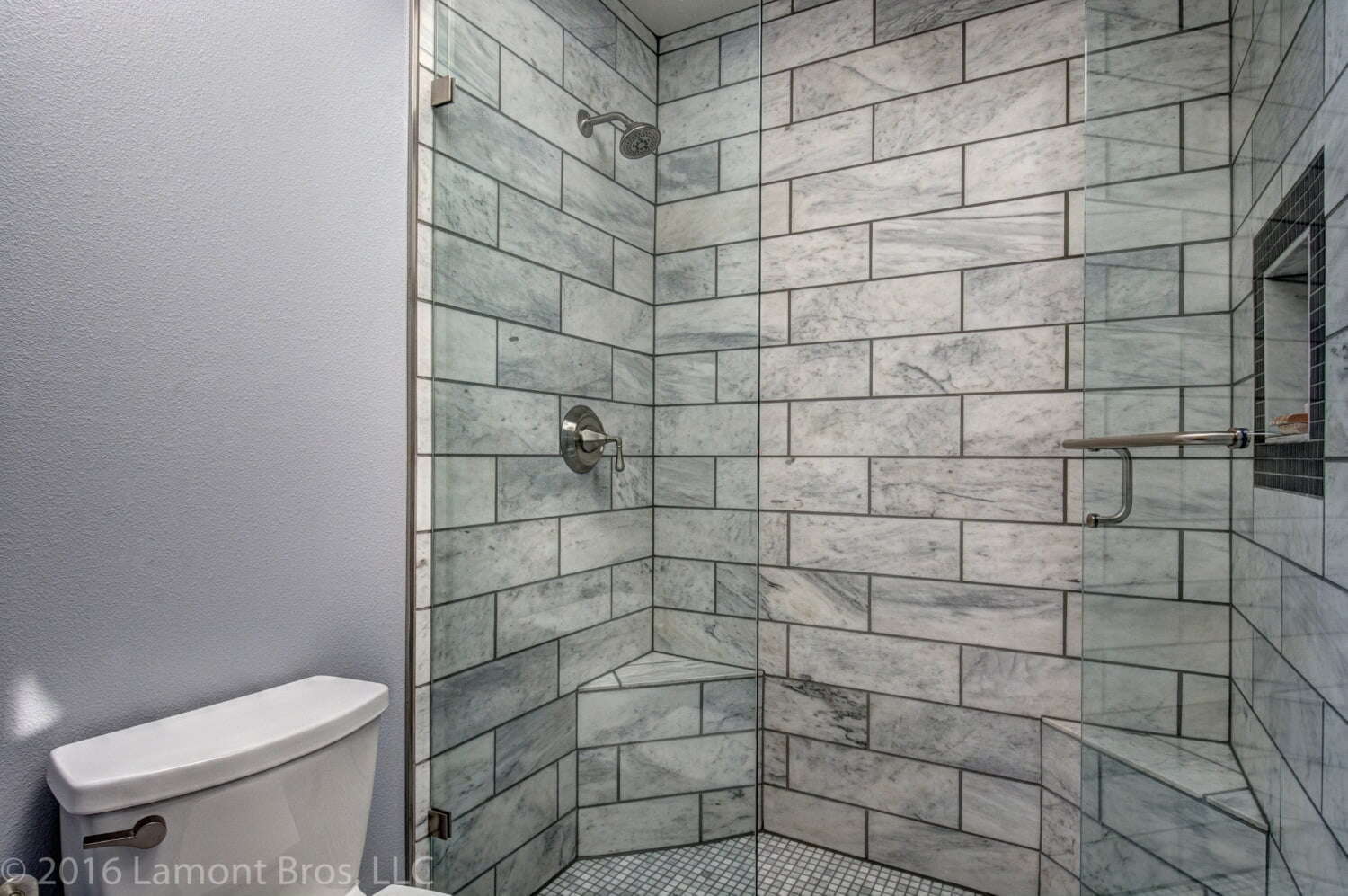When it comes to kitchens and bathrooms, you’ve got a ton of different tile options. But one still reigns supreme: subway. Now this trusty tile has come a long way from the standard 3×6″ white format it’s known for. Here are some fresh subway tile design ideas for your next remodel.

Its resistance to heat and moisture, and its easy maintenance continue to make ceramic subway tile a popular choice for many remodels. And while it may seem simple, these days you can really make a subway tile statement depending on your design tastes. In this post, we’ll look at 8 features of the tile to keep in when choosing the style that’s right for you.
Size
Traditionally, subway tile came in a standard 3×6″ format. But now, you have many more options to choose from, including 2×8″, 3×12″, 4×8″, 4×12″, 6×6″, and more. Longer and thinner can work well for sleek, modern spaces, whereas the shorter sizes may be more suitable for more traditional designs, but really, it’s whatever feels right in your space.
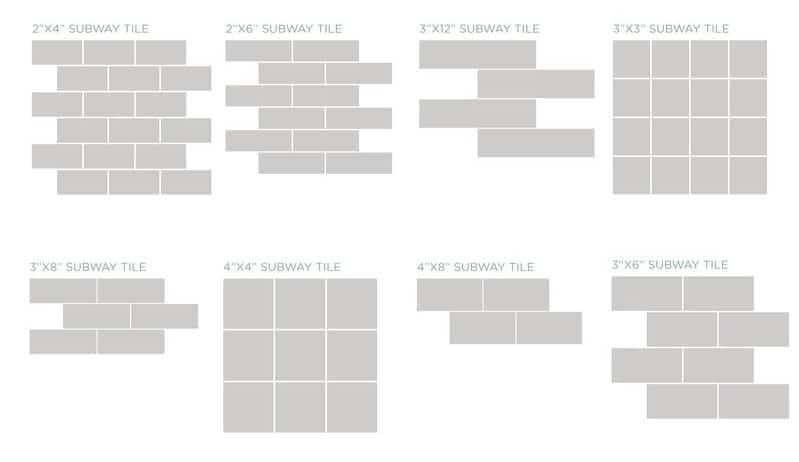
You can also choose to mix and match your sizes, like using a thinner profile with a thicker one for some visual interest. Whatever your taste, there’s basically, a size that will match the look and feel you’re going for.

Colors
Gone are the days of your basic white subway tile. Now you can customize them in nearly any color you want. From bright blues and oranges, to sultry reds, to more calming greens and yellows, and laid back grays, whatever vibe you’re going for, you can find a tile color to match.
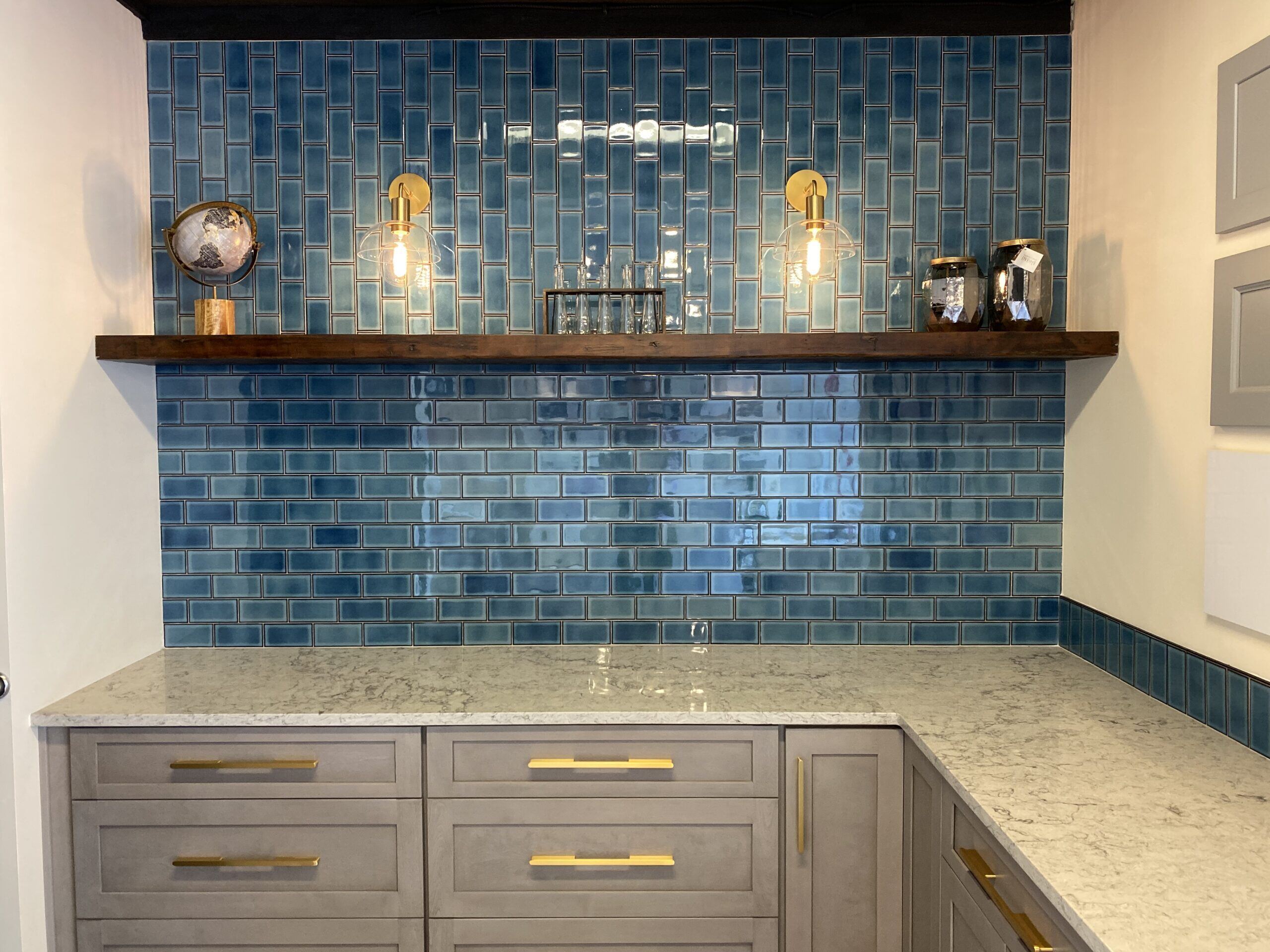
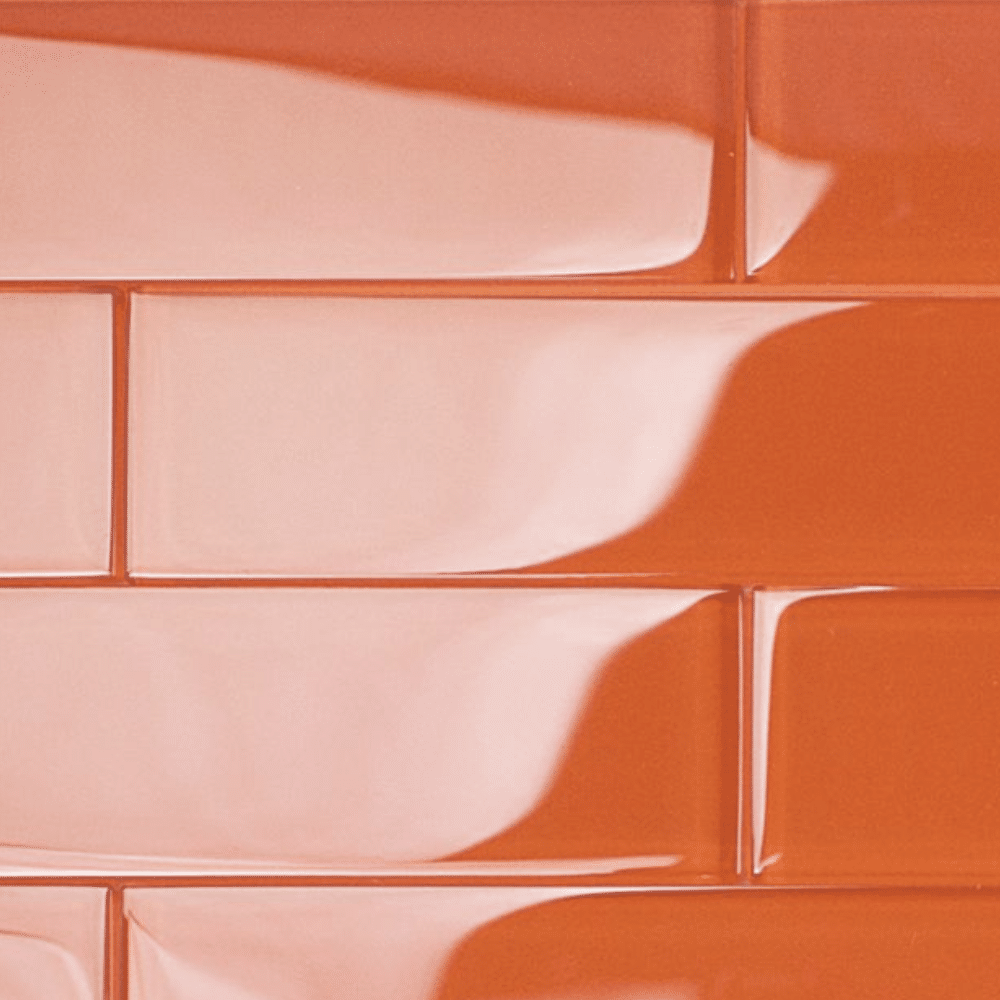
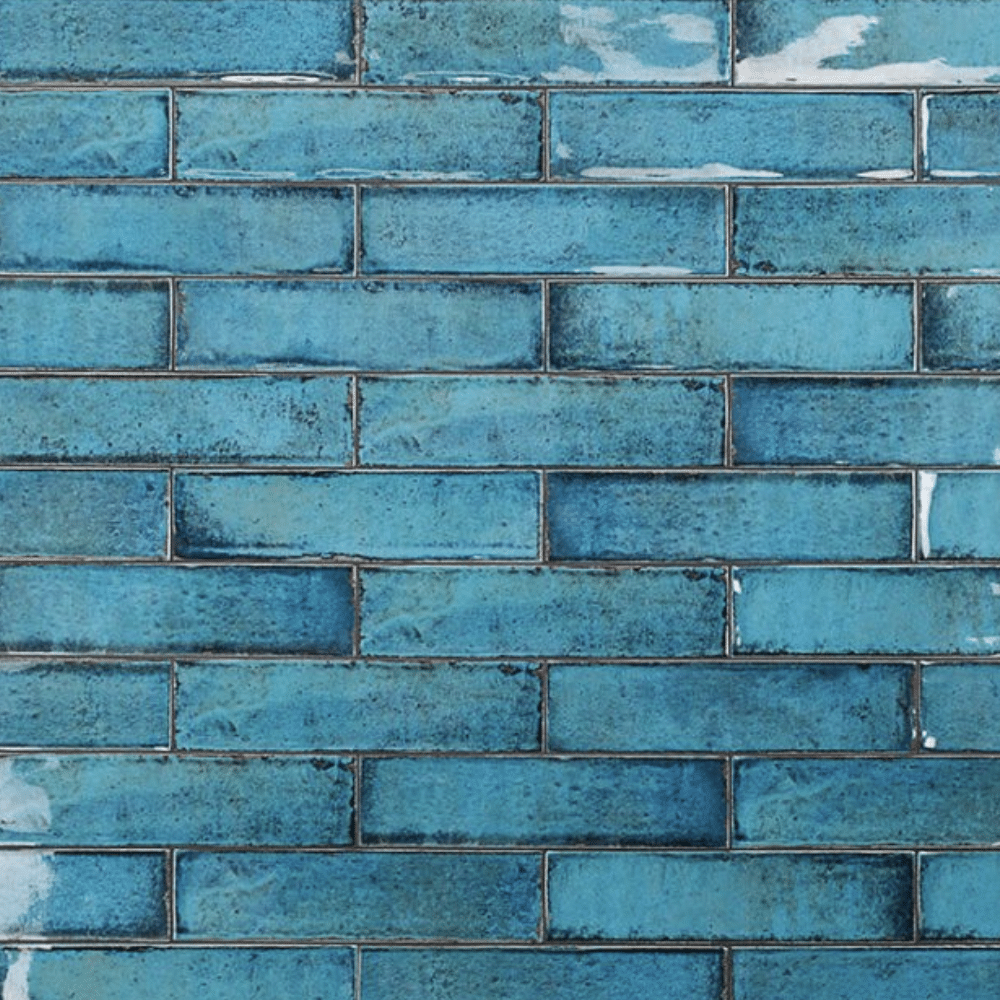

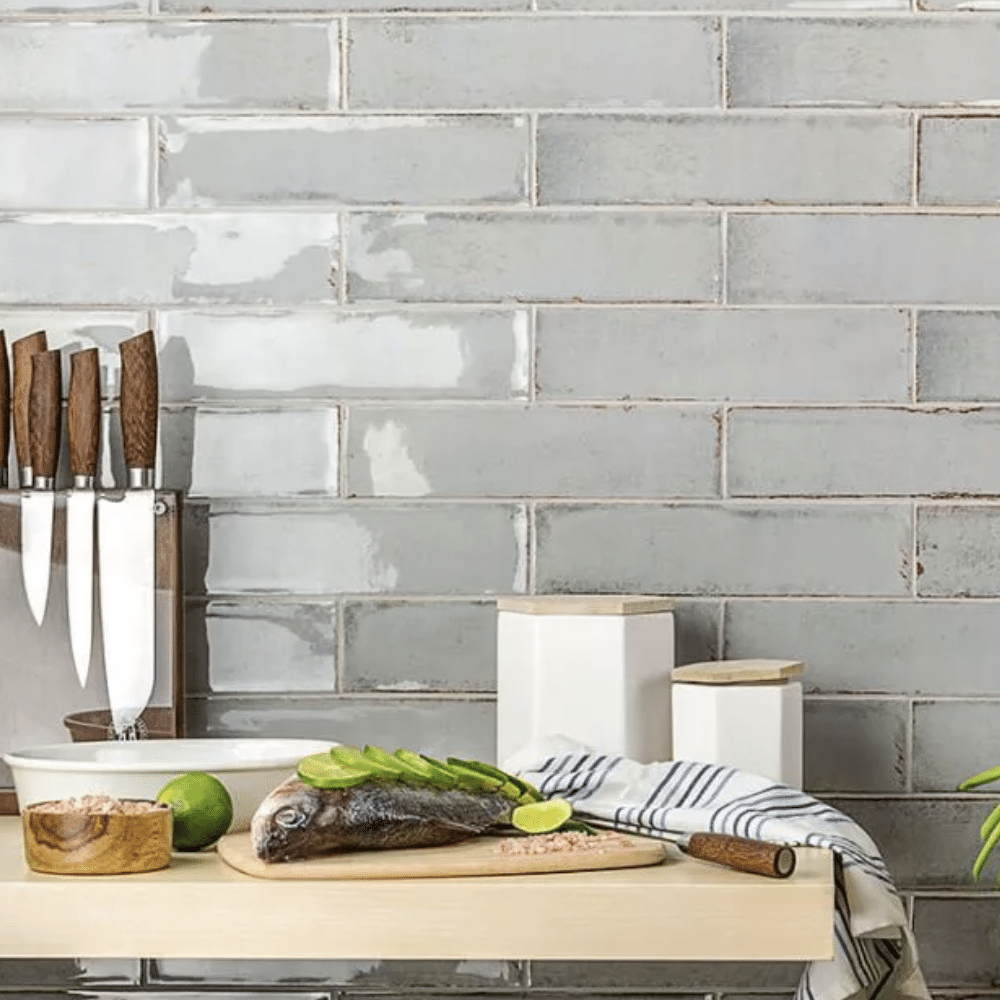
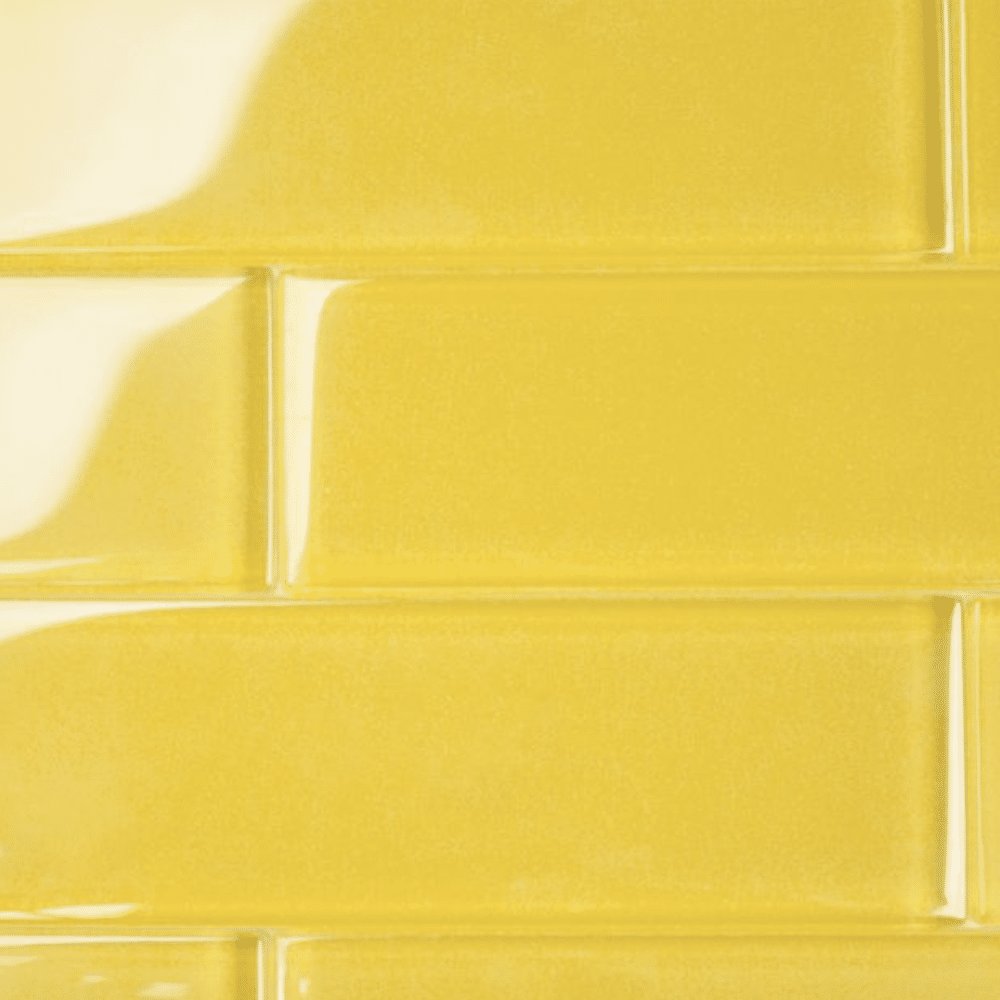

Finish
Once you’ve chosen a color, the next step to consider is what type of finish you’d like. The most popular is glossy. It’s light and shiny and gives off a sleek, sophisticated look. A glossy white can make a space feel brighter, while a darker color can feel, well less dark, with a glossy sheen on it. One thing to keep in mind though: high gloss tiles will show fingerprints and other marks more easily than some other options.
If you prefer something a bit more understated, consider a matte finish. The lack of bright shine can help soften a space, and the style works well with most any design type, be it modern or traditional. But as with glossy, a matte finish will show smudges more easily.


For something a bit more upscale, you can opt for a glaze finish. A glaze is simply a layer of liquid glass that is applied to the surface of the tile. This can make it more stain-resistant, and gives the tile a unique sheen. However, this finish can be a more expensive option.
Another finish option for your subway tile is something textured. You can opt for a wavy surface, something slightly raised, or even a hammered motif. Each adds a tactile element to your tile and can up the visual interest in your space.


Pattern
Chances are you’re familiar with the classic staggered, or running bond style of tile lay. The simple look adds a timeless feel to any space. But if you’re looking for something a but different, you have plenty of options. From herringbone or stacked to basketweave or diagonal, the pattern choices abound. Here’s a look at some of them.
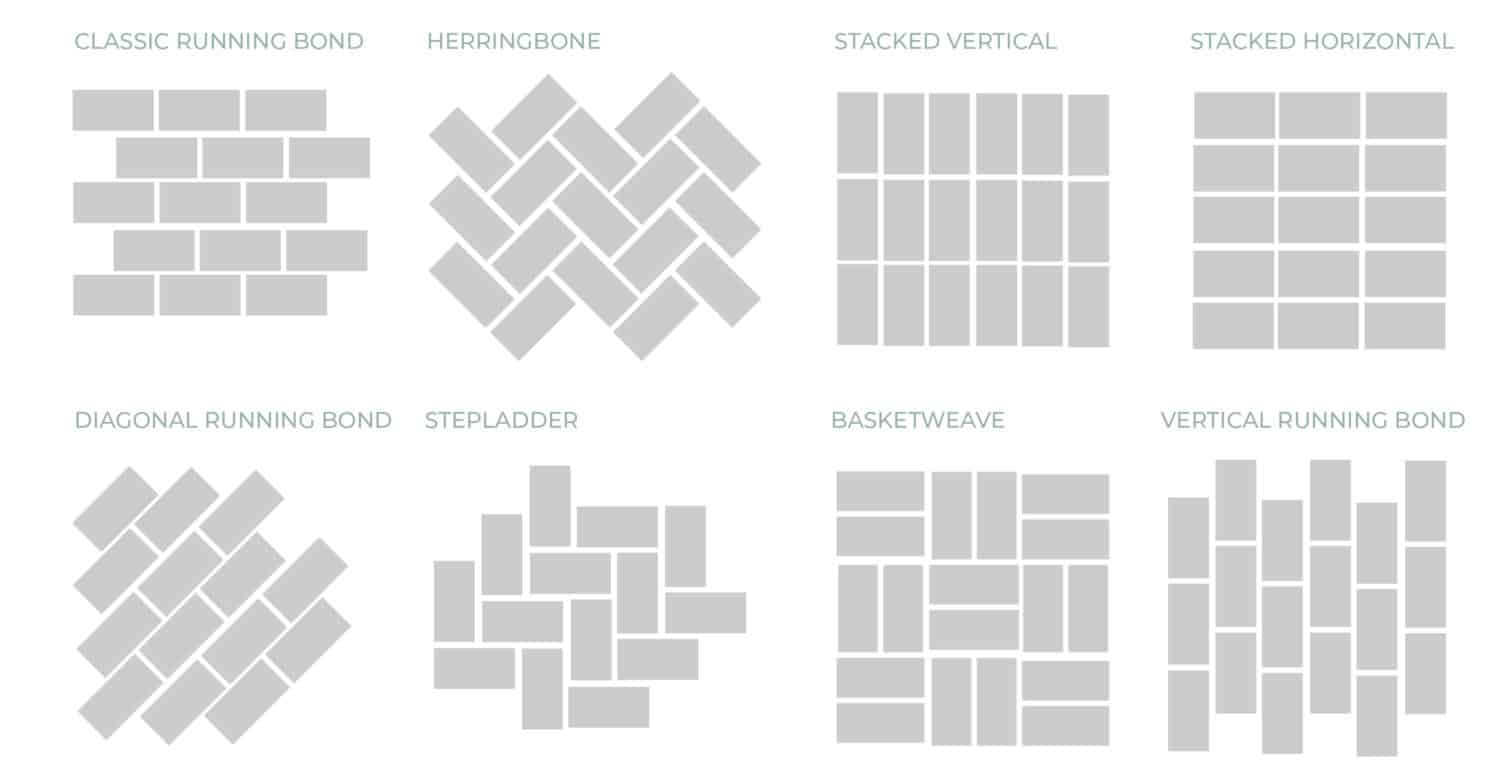



Edges
The type of edge you’d like on your tile is another design consideration. A standard squared-off edge can allow for tighter joints and less visible grout lines as they can be more closely laid down.
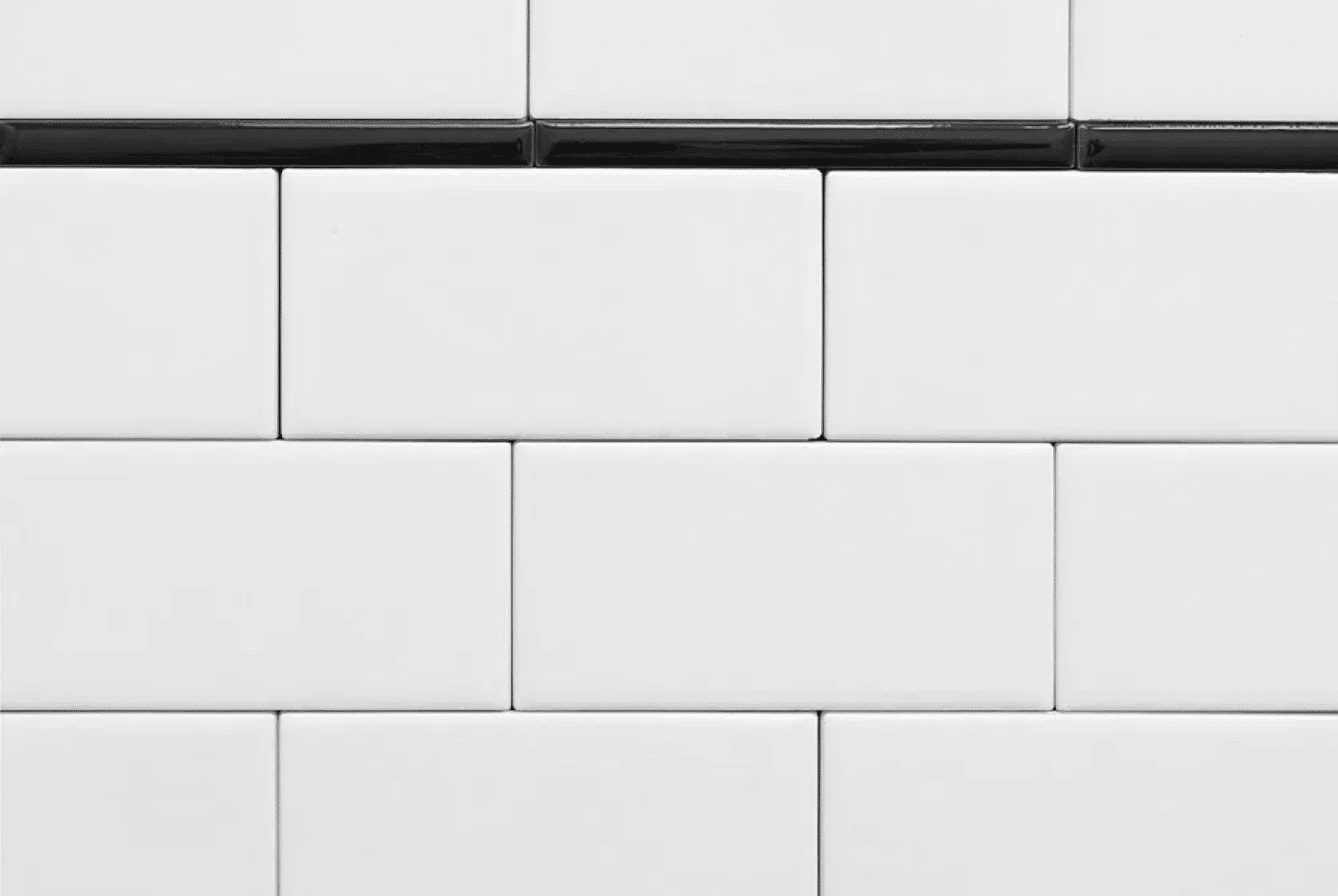
An eased edge (also known as rounded shoulders) can soften the tile and provide a less harsh join.

You can also go for a beveled look, which gives a dimensional feel to both the tile and the space.

Caps and base
To help finish off the tile, you can also select from different caps (for the top rim of the tile) and bases (for the bottom). Styles range from the subdued to the decorative. Here’s a peek at a few ideas.
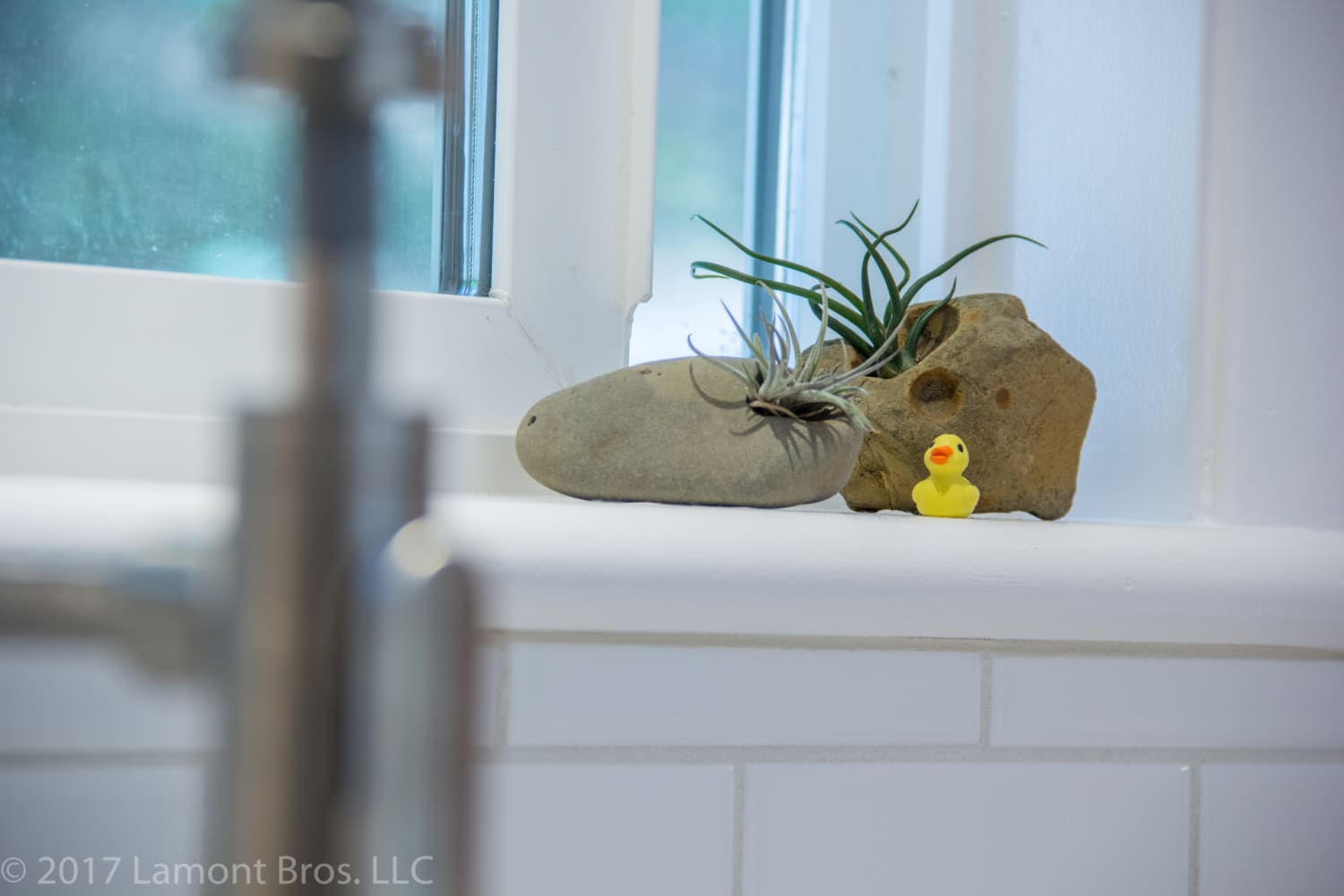



Grout
After you’ve selected the tile, pattern, and edge, you’ll want to consider what grout color you want to go with. A white or off-white grout can work well with colored tiles as an offset design element.

Conversely, a darker grout color can act as a nice contrast for lighter tiles.

If you want less of a contrast, a light gray can help soften and blend in white or lighter color subway tiles.

Other subway tile materials
If you’re looking for a subway tile material that goes beyond the traditional ceramic, you have a few options.
Glass
One of the most common ceramic alternatives is glass. It comes in a variety of colors, is easy to clean, and is great for those high moisture areas like kitchen and bathrooms.

Metal
Metals like this stainless option below offer an edgier look that can go well in modern spaces like lofts, or simply in ones with a more contemporary design. They’re durable and easy to clean, but can show smudges and grease a bit easier than other options.

Stone
Natural stone like marble and granite subway style tiles can also be an unexpected change of pace, especially in a bathroom. They might need regular sealing to stay in top-shape, but you’ll find that they are similarly priced to midrange ceramic options.
